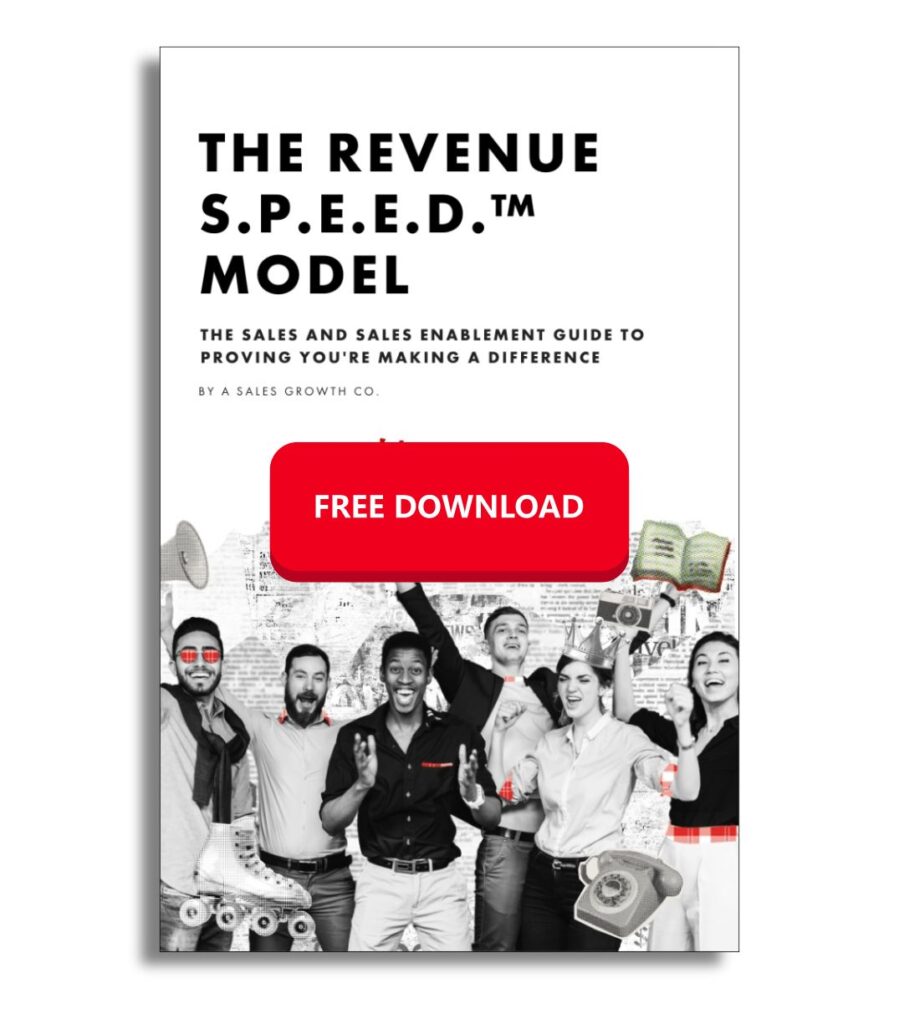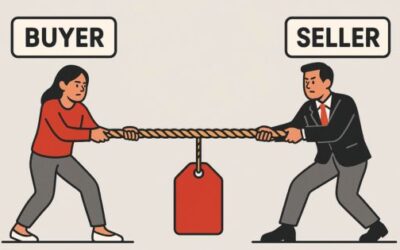Why are sales forecasts so damn unreliable?
If you’re leading a sales team or running revenue operations, you’ve probably been burned by forecasts that looked solid on paper but fell apart by the end of the quarter. Deals slip, reps overpromise, and suddenly those sure things turn into ghosts. Why does this keep happening?
Your pipeline is lying to you.
It’s not that your reps are lazy or managers are clueless, this happens because most pipelines are packed with opportunities that have no business being there. Reps are passing deals through the stages based on activity and not based on buyer intent, real problems, and definitely not on whether the prospect is actually ready to make a change.
Forecasting accuracy isn’t luck, it’s a matter of process.
This article will dissect the core reasons behind inaccurate sales forecasts and introduce ASG S.P.E.E.D. Model – a structured, problem-centric framework designed to build predictable, reliable pipelines. If improving win rates and creating more accurate forecasts is a priority this is where you start.
What’s Going Wrong with Sales Forecasts
Sales forecasts fail for one reason – the opportunities they’re built on are weak.
Pipelines are often bloated with deals that lack the necessary depth, qualification, and buyer urgency to close. Yet, these same deals are pushed forward, creating an inflated sense of progress. The result? Forecasts that look promising but ultimately collapse under scrutiny.
The problem starts with inaccurate deal management data. Deals advance based on assumptions, surface-level conversations, and rep optimism rather than verifiable buyer input. Reps focus on activity metrics, i.e. calls made or meetings scheduled, but these activities don’t do anything to reflect the likelihood of a deal closing.
This disconnect extends sales cycles, lowers win rates, and forces unnecessary discounting to salvage deals at the last minute.
Without a structured process to qualify opportunities based on buyer engagement and real problem identification, sales teams will continue to chase their tails. Accurate forecasting starts with rigorous deal management and a deep understanding of the buyer’s needs, urgency, and the cost of inaction.
Until this happens, the pipeline will continue to mislead.
Why Traditional Deal Reviews Fail
Most deal reviews are little more than surface level check ins. Reps provide vague updates and managers accept them at face value. Conversations center around deal stages, recent activity, and hopeful projections, but lack the critical insights need to assess whether a deal is positioned to close.
In short, deal reviews focus on what the rep is doing rather than what the buyer is experiencing.
Activity metrics, the number of demos, follow ups or calls, create the illusion of progress. But, activity doesn’t equal engagement and it certainly doesn’t mean the buyer is any closer to making a decision. Without verified buyer input, deal reviews become exercises in guesswork, reinforcing the inaccurate pipelines that lead to missed forecasts.
Additionally, reps are often left to interpret the health of their deals subjectively. There’s rarely a standardized process to assess whether the buyer recognizes the problem, agrees to solve it, and is aligned on the path forward. This lack of structure leaves managers blind to the warning signs that a deal is at risk of stalling or disappearing altogether.
Effective forecasting depends on accurate deal reviews that are grounded in data, buyer-centric insights, and rigorous qualification.
The ASG S.P.E.E.D. Model
Accurate forecasting is the result of structured, repeatable processes that prioritize buyer engagement over rep activity. The ASG S.P.E.E.D. model excels here.
The S.P.E.E.D. model (Sales Performance, Execution, Enablement, and Delivery) redefines how sales teams manage opportunities, qualify deals, and forecast outcomes. At the core of the model is opportunity management, ensuring that every deal is scrutinized based on buyer input, problem identification, and alignment with business needs.
Key components of the model:
Opportunity Management – a structured process to assess whether a deals are qualified and progressing for the right reasons, increasing the probability of close.
Buyer Input Data (B.I.D.) – reps gather concrete information from buyers that demonstrate the cost of inaction is greater than the cost of action, ensuring deals are driven by urgency.
Qualification – Moving past budget and timing checkboxes, the model focuses on buyer’s problems, their willingness to solve them, and the implications of standing still.
By implementing systems like the S.P.E.E.D. Model, sales teams align their pipelines with reality, focusing on the quality of deals rather than the quantity.
Increasing Forecast Accuracy
Building accurate forecasts demands a shift in how deal are qualified, managed, and reviewed. The S.P.E.E.D. Model offers a clear structure to drive this change, ensuring that every opportunity features genuine buyer intent and engagement.
Conduct Rigorous Deal Reviews
Deal reviews must change from casual check ins to structured evaluations. Reps should be required to present tangible buyer data and not simply updates on activity. Managers should probe for evidence of buyer impact, alignment on the problem, and a clearly defined decision-making process. If the data isn’t there, the deal doesn’t advance.
Buyer Centric Qualification
Qualification becomes equally as rigorous. Deals should only progress or be added as an opportunity if the buyer acknowledges the problem, agrees it needs to be solved, and commits to working with the rep through the change. This shifts the focus from can they buy to why should they buy and why now?
Create a Scoring System for Qualification
Implement a scoring model that reflects the health of each deal based on buyer input. Criteria should include:
- Depth of problem identification
- Buyer agreement on the severity and urgency of the problem
- Clarity around the impact of inaction
- Engagement from decision makers
Scored deals allow managers to forecast with greater confidence, ensuring that only validated opportunities contribute to revenue projections.
Leverage frontline Sales Managers
Sales managers play a pivotal role in forecast accuracy. Equip them with the tools and processes to conduct in depth reviews, challenge weak opportunities, and coach reps on how to gather essential buyer input. A manager’s ability to inspect deal health directly influences the accuracy of the pipeline and ultimately, the forecast.
Conclusion
Accurate forecasting isn’t a byproduct of working harder or adding more deals to the pipeline. Instead, it’s the result of disciplined deal management, rigorous qualification, and buyer driven insights. Sales teams that rely on outdated, activity based forecasting models will continue to face the same cycle of missed targets and unpredictable revenue.
The ASG S.P.E.E.D. model offers a path forward. By embedding structured deal reviews, enforcing buyer-centric qualification, and aligning opportunity management with real buyer data, sales organizations can finally build forecasts they can trust.




0 Comments